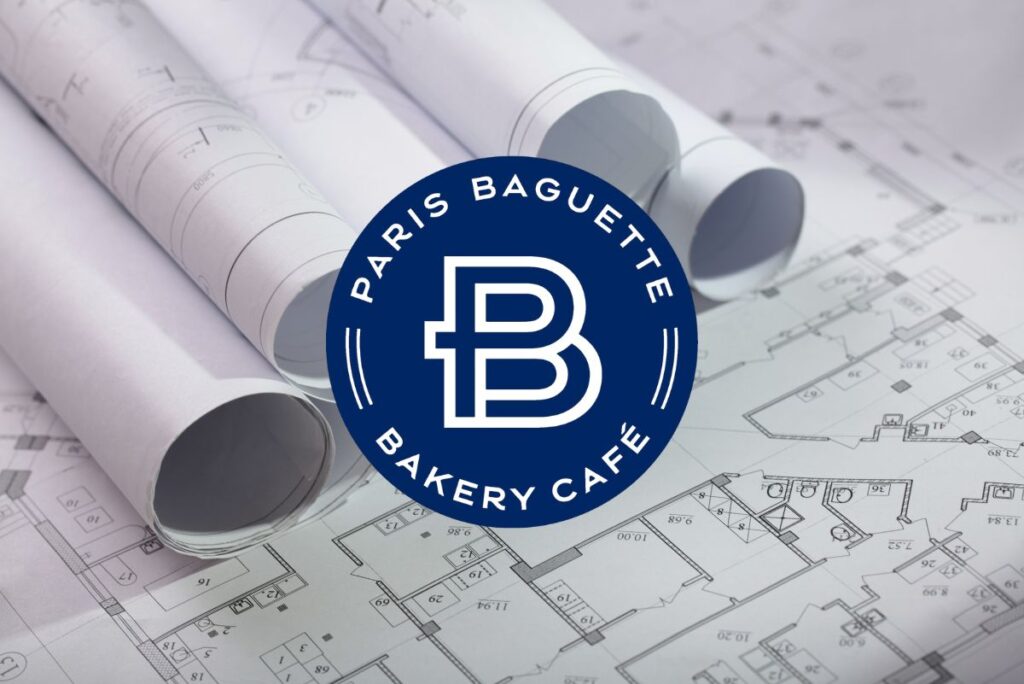Sense and sensibility
Consumers are feeling the squeeze of mortgages, car payments and rent in addition to shopping for day-to-day groceries and meals.
“What we’re seeing is 30 percent of consumers are cutting back on restaurant meals while 23 percent are eating out a little bit more,” Roerink said. “A lot has to do with how confident consumers are in their ability to spend. We are seeing tremendous growth in the grocery deli area, and that includes convenience stores as well.”
Shoppers are balancing cooking on their own with a few convenient, time-saving solutions, which are often grocery deli-prepared. Roerink advises the industry not to think about it as retail vs. foodservice but instead as a hybrid of both.
“We are seeing some changes in behavior, and our bakery category is not growing at the same pace as some of our other categories,” said Doug Hensler, VP, category development at Foodbuy. “As we see pressure on consumer dollars, it tells us that we have to try to create excitement and a compelling reason to buy in foodservice that makes bakery attractive, whether that means showcasing items differently, focusing on seasonal selling stories, global flavors, or even just the latest healthy trends.”
There is more emphasis on home-prepared meals and meal preparation, and companies can ensure baked goods are part of the conversation. This, in addition to a desire for less food waste, presents a large space for innovation in the baked goods industry.
Tristen Kendall-Barros, VP of marketing at Roche Bros. Supermarkets, noted that a main priority for grocery store chains is to help solve the dinner challenge — value from a convenience standpoint — while fitting bakery into the solution.
“It’s important to make it easy for the customers to take that mental load of ‘What’s for dinner?’ off their mind, merchandise a full dinner solution, and change that on a frequent basis,” Kendall-Barros said. “Make it easy for them to walk in the store and find that solution.”










